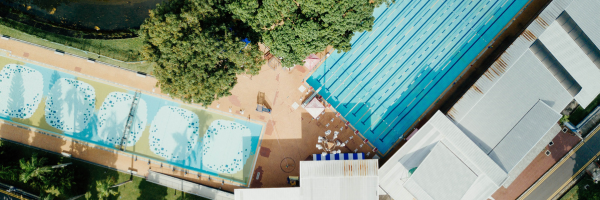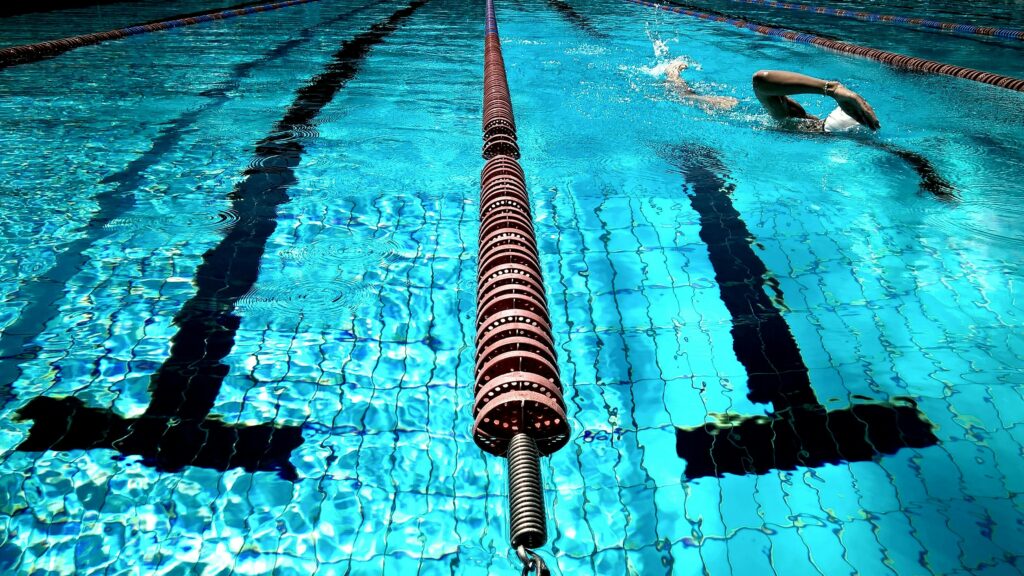
As the summer months wind down, aquatic centers face new challenges and opportunities in managing fall programs. The shift in seasons often means cooler weather, fewer outdoor activities, and changing community needs. For aquatic center directors, the fall season is a crucial time to re-evaluate program offerings, streamline operations, and engage new and returning participants. Here are some best practices to ensure the success of fall programs at aquatic centers.
Adjust Program Offerings for the Season
Fall often marks a transition from the busy, outdoor-oriented summer to more structured indoor programs. Directors should assess which programs are in demand during this season and adjust accordingly. Consider introducing or expanding offerings such as:
- Indoor swim lessons for all age groups, particularly targeting children and families returning to school routines.
- Aquatic fitness classes, including water aerobics and lap swimming, which cater to individuals looking for low-impact exercise options.
- Lifeguard training and certification courses as the demand for trained professionals continues throughout the year.
- Therapeutic and rehabilitation-focused programs to cater to older adults or those recovering from injury, especially as cooler temperatures make outdoor exercise less appealing.
Tailoring your program offerings to the season ensures you’re meeting the community’s needs while making the most of your resources.
Optimize Scheduling for School and Work Commitments
With schools back in session and people returning to more structured routines, fall programs must align with participants’ schedules. Offering classes and programs during convenient hours—early mornings, evenings, and weekends—can help accommodate families, working adults, and students.
Aquatic center directors can also consider creating special after-school programs that provide a safe, structured environment for children to learn to swim or engage in aquatic sports. For older adults, offering daytime classes may be a great way to boost participation while avoiding peak hours.
Maintain Safety Standards and Plan for Seasonal Maintenance
Fall is an ideal time to conduct regular maintenance and safety checks on facilities and equipment, particularly as usage patterns change from summer’s high-volume traffic. Make sure your team:
- Conducts thorough inspections of pool heating systems, filtration systems, chemical levels, and safety equipment.
- Plans any necessary repairs or upgrades during off-peak hours or program downtime to avoid disruptions.
- Reassesses safety protocols, including lifeguard staffing needs and emergency response plans, especially with new classes or younger swimmers entering the facility.
Seasonal maintenance not only ensures the safety and longevity of your facilities but also provides participants with a high-quality experience that encourages return visits.
Increase Community Engagement Through Special Events
As the season shifts, community interest in events like swim meets, aquatic challenges, and family swim nights can increase. Fall can be a great time to host special events that highlight your aquatic center’s unique offerings. Consider:
- Hosting back-to-school swim events, offering families an opportunity to explore your center and learn about fall programs.
- Running fitness challenges, like a “Swim the Distance” event, encouraging participants to track their laps over a set period.
- Organizing charity swims or fundraisers that bring the community together for a good cause.
Special events provide a fun and engaging way to introduce new participants to your programs while fostering a sense of community and involvement.
Enhance Communication and Marketing Efforts
Effective communication is key to filling fall programs and maintaining strong participation rates throughout the season. To maximize enrollment:
- Use digital tools such as software to send targeted emails or push notifications to remind participants about program registration deadlines or special events.
- Update your website and social media channels with the latest program schedules, ensuring that the information is easy to access and accurate.
- Offer promotions or early bird discounts for participants who sign up for multiple sessions in advance.
Tailoring your communication efforts to the needs of your community will help keep your programs front of mind for participants and ensure a steady flow of engagement.
Focus on Retention with Customer Experience Initiatives
As fall brings back many returning participants from the summer, focusing on retention is crucial for long-term success. Directors can implement customer experience initiatives to maintain participant satisfaction, such as:
- Conducting welcome orientations for new members to familiarize them with the facility.
- Offering loyalty programs or incentives for participants who continue with classes throughout the fall season.
- Soliciting feedback on program experiences and making improvements where necessary to ensure continued engagement.
By emphasizing customer experience and retention, aquatic centers can build a loyal participant base that contributes to the ongoing success of fall and future programs.
A Strategic Approach to Fall Program Management
Fall presents unique opportunities for aquatic centers to refresh their offerings and cater to the changing needs of the community. By adjusting programs for the season, optimizing scheduling, focusing on safety and maintenance, and engaging participants through targeted communication and special events, aquatic centers can maximize the impact of their fall programming.
Taking a strategic approach ensures that your aquatic center remains a vital part of the community, providing valuable services and programs that meet the evolving needs of all participants throughout the year.


